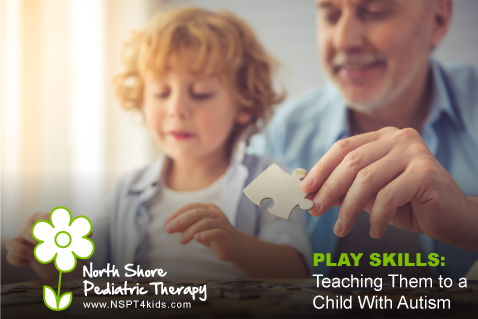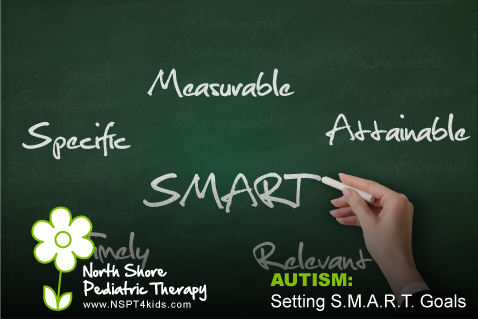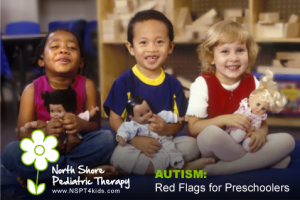Teaching a new skill to a child with autism requires a different approach than that used with a typically developing child. Why is this?
Children with Autism Learn Differently
Children diagnosed with autism often need teaching techniques to be tailored specifically to their learning style. Otherwise, a child may learn incorrect responses or become frustrated. A structured learning environment is an important factor when teaching an autistic child because it allows for greater control in developing correct responses.
The most effective way to adhere to a child’s specific learning style is through the use of prompting. With this technique, you must first determine what type of prompt will be administered, and then decide on the method of transfer used from prompt to the target. For example, if you are teaching your child to say “book” in the presence of a book, you may begin by pointing to the book while saying the word “book.” Prompts should be systematically faded and should eventually lead to your child completing the skill independently (i.e., the child saying the object name in the presence of the corresponding object).
Various types of instructional prompts, from least to most restrictive, include verbal, textual, picture, modeling, gestures and physical prompts. Always start with the least restrictive approach and work up the hierarchy until the desired skill is demonstrated.
Types Of Prompts
- Verbal prompts include one-word instructions or a specific phrase. For example, when teaching your child to wash his hands, you might say “Turn on the water” to prompt the next step.
- Textual prompts include written words, lists, or instructions to complete the task.
- Picture prompts use pictures to demonstrate the desired skill. For example, you might use a picture of a child brushing her teeth to display this skill for your own child.
- Modeling prompts provide an exact demonstration of the desired task. For example, if you are teaching your child to make his bed, you might have him watch you make the bed, then have him complete the same task immediately afterward.
- Gesture prompts involve pointing to the task at hand so the child knows where to begin. For example, if you are teaching your child to sit down, you might first point to the chair.
- Physical prompts, the most intrusive of the bunch, require physically guiding the child to complete the desired response. For example, if you’re teaching your child to get dressed, you would place your hands over his and guide him through the actual movements of getting dressed. It is a good idea to use physical prompts in combination with other less restrictive prompts. You also want to make sure the child is not resistant to being touched before using this type of prompt.
Source:
Fitzer, A., & Sturmey, P. (2007). Autism spectrum disorders: Applied behavior analysis, evidence, andpractice. In W.H. Ahearn, W.V. Dube, R. MacDonald, & R.B. Graff. (Eds.), Behavior analyticteaching procedures: Basic principles, empirically derived practices (pp. 31-72). Austin, TX: PRO-ED.



































